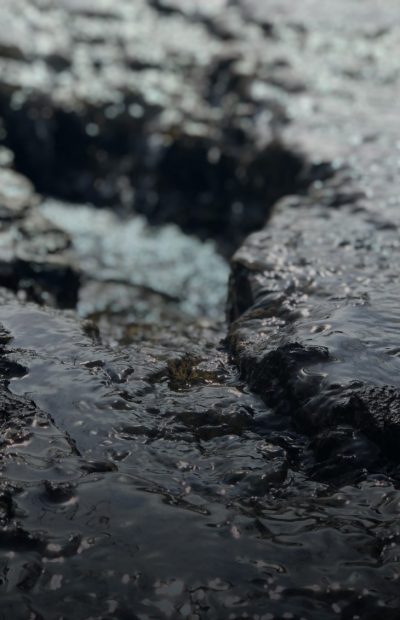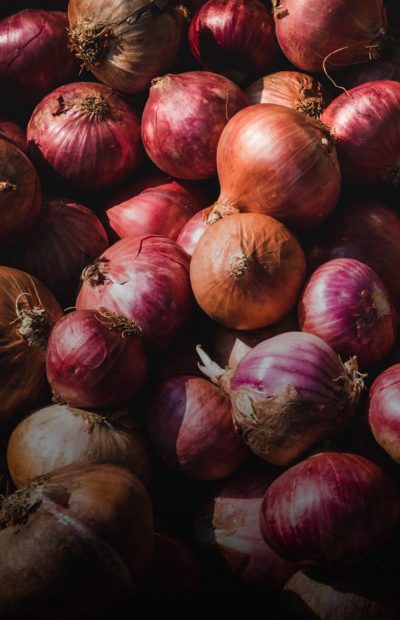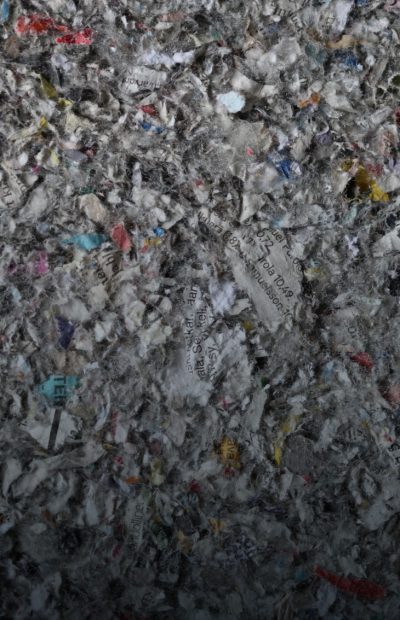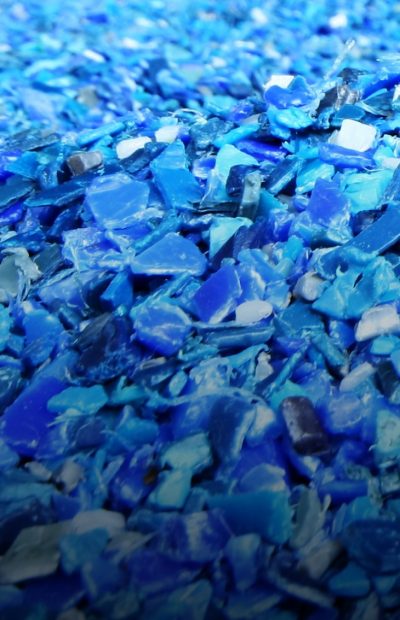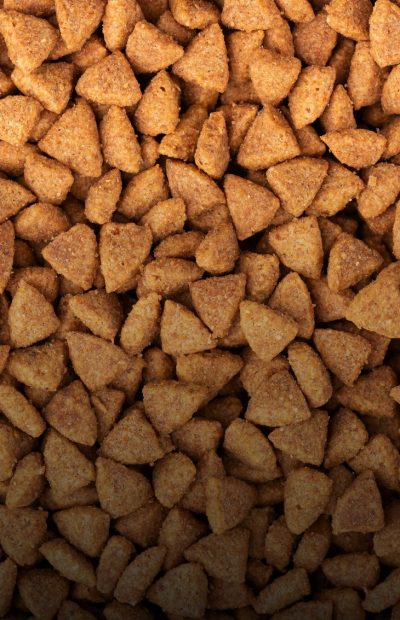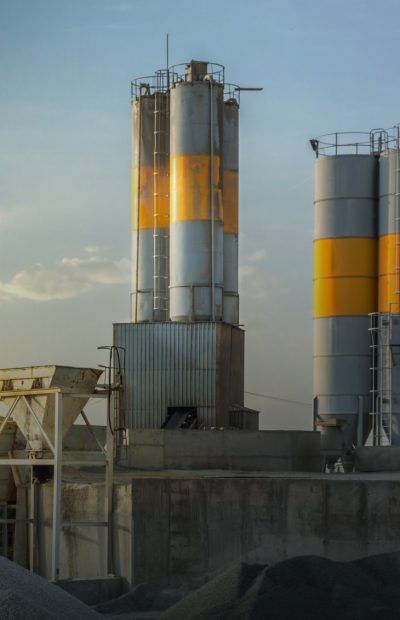Drying Solutions Recycling & Waste Management
A Problem Becomes a Resource

Waste materials such as household waste, RDF, or paper sludge are not just a cost burden in many industries, but a valuable resource. With modern drying technology for recycling and waste management, disposal costs decrease by up to 80%. Simultaneously, waste streams are converted into usable alternative fuels or raw materials.
Unbeatable Advantages at a Glance:
Reduce Disposal Costs
Up to 80% lower costs through significant reduction of mass and volume.
Utilization as an Energy Source
Dried residual materials such as RDF, SSW, or biomass provide high calorific value.
Recycling of Raw Materials
Recovery of valuable materials such as paper fibers, metals, or minerals.
Reduce CO₂ Emissions
Optimized thermal utilization sustainably improves the climate balance.
Waste & Household Waste
Reduce volume,
generate energy
Household waste contains a high proportion of moisture, which increases transport and disposal costs and complicates thermal utilization. Targeted drying significantly reduces the water content, which lowers the volume and weight of the material.
In thermal utilization, dried household waste is used in waste incineration plants or combined heat and power plants. The increased calorific value ensures more efficient energy yield. The resulting heat can be used for district heating or electricity generation.
Additionally, drying improves recyclability: Valuable materials can be more precisely separated and recycled.


Disposal
When moisture is removed from waste, its volume and weight are significantly reduced. This lowers transport and disposal costs, as billing is usually based on weight. Drying makes disposal more economical and efficient.

Thermal Utilization
The thermal utilization of residual waste destroys organic pollutants and reduces its volume by up to 90%. The resulting heat is used for district heating or electricity generation, and grate ashes are used, for example, in road construction. For optimal combustibility, moisture is removed from the waste beforehand – often using waste heat from the incineration process.

Recycling
For clean separation of valuable materials, waste often needs to be pre-dried. Drying increases separation efficiency and allows materials to be specifically separated according to their properties. Only then does economical raw material recovery from waste become possible.
Alternative Fuels (RDF, MSW)
Waste as an Alternative Energy Source
RDF (Refuse Derived Fuel) and MSW (Municipal Solid Waste) are important alternative fuels for energy-intensive industries such as cement plants. To use these materials efficiently, they must be pre-dried to achieve a constant calorific value.
Drying ensures homogeneous material quality, reduces biological activity, and enables longer, safer storage. This contributes not only to cost reduction but also to the supply security of the facilities.

Paper Sludge
From Residual Material to Energy Source
Paper sludge is generated in large quantities during the production of paper and cardboard, as well as in waste paper processing plants. The sludge is heavy and wet – an expensive combination for transport and disposal.
Drying stabilizes the sludge, makes it storable, and processes it into a high-calorific fuel or raw material. Dried paper sludge can be effectively used in cement plants, combined heat and power plants, or industrial processes.


Pulp Drying
Dried pulp is used not only in paper production but also in other industries. Targeted drying in a belt dryer provides the material with the optimal residual moisture for storage, transport, and further processing.

Drying of Paper Sludge
Paper sludge from paper production can be converted into a high-calorific fuel through drying. This allows cement plants and energy facilities to replace fossil fuels while simultaneously reducing disposal costs.

Drying of Rejects
Rejects from waste paper processing consist of paper fibers, plastics, and other foreign materials. After drying, they are ideally suited as an alternative fuel and contribute to energy generation.
Compost & Organic Waste
Increase quality, simplify transport
Green waste, roadside cuttings, raw compost, and organic waste from municipalities or industry are valuable resources that must be dried before further processing.
Drying increases compostability, improves the screening process, and ensures hygienization. This increases the quality of the end product and reduces odor problems during storage and transport.
Drying is also crucial for biogas production: Dried biomass can be fermented more efficiently, increases gas yield, and ensures a stable, controlled process.

Technology & Processes
Innovative drying,
modularly adaptable
Our belt and container belt dryers are specifically designed for inhomogeneous, abrasive materials. They operate modularly, are energy-efficient, and can integrate waste heat from processes. This reduces operating costs and ensures seamless integration into existing systems.

Other Application Areas:
FAQ – Recycling & Waste Management
All free-flowing bulk waste materials such as e.g. household waste, RDF, MSW, paper sludge, compost, rejects, screenings, sieve overflows.
Belt dryers have the great advantage that they operate at low temperatures (80°C to approx. 120°C). Furthermore, the belt dryer has the advantage of producing a consistent end product with a constant final moisture content.
The residence time and thus the dry content of the wood can be freely adjusted as required. As a general rule, drying is performed to 25-5% moisture, depending on requirements and subsequent use.
Unfortunately, this cannot be answered in this way, as we do not have one dryer, but our drying systems are modular and can therefore cover a huge range of performance. However, our belt dryers are built to meet requirements and can cover a performance range from approx. 100 kg/h to 10 t/h water evaporation per line.
Our belt drying systems are capable of using a variety of heat sources, such as hot water, superheated water, steam, gas, thermal oil, oil, hot air…
In addition, two or more heat sources can be combined to enable optimal energy use.
Yes, our drying systems are designed for continuous operation (24 hours/7 days a week) and run automatically.
No, the drying process runs automatically. Personnel is only required for daily checks (0.5 hours to 1.5 hours) as well as for maintenance and repair work.
No, all our systems are suitable for outdoor installation and can be installed outdoors without an additional building.
Yes, due to the modular design, the systems can be expanded at any time and the throughput rate can be increased.
The modular design enables precise adaptation to existing systems.
This cannot be answered generally, as it depends heavily on the dried product and official regulations.
